Explore the mystical and awe-inspiring ancient temples scattered across the Americas, each with its own unique story and historical significance. These architectural marvels offer a glimpse into the past, showcasing the ingenuity and creativity of ancient civilizations. From the dense jungles to the arid deserts, these temples stand as a testament to human achievement and spirituality. Join us as we uncover 17 incredible ancient temples, each with its own distinct charm and allure.
Chichen Itza
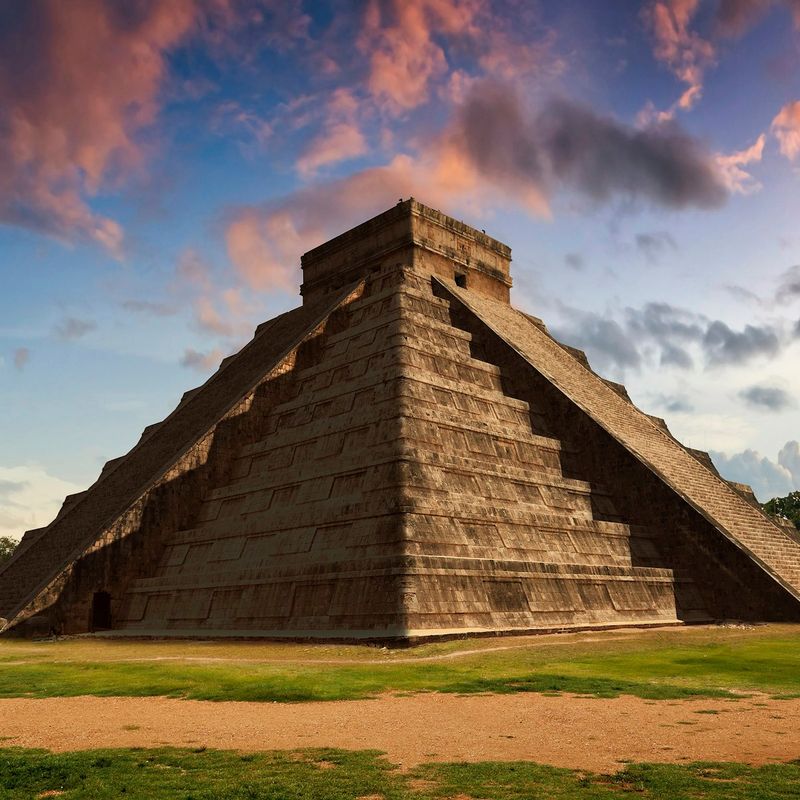
Chichen Itza is a breathtaking testament to the ingenuity of the Maya civilization. Nestled in the heart of the Yucatán Peninsula, this UNESCO World Heritage Site draws countless visitors with its iconic Pyramid of Kukulcán.
This ancient city was a bustling center of politics, economics, and religion. The pyramid itself serves as a calendar, with shadows forming a serpent shape during equinoxes.
Beyond its architectural brilliance, Chichen Itza also hosts the Great Ball Court, where the ancient Mesoamerican ballgame was played. Its historical and cultural significance continues to captivate explorers and historians alike.
Machu Picchu

Perched high in the Andes Mountains, Machu Picchu remains one of the most iconic symbols of the Incan Empire. This mystical city, often shrouded in mist, is a marvel of engineering and architectural brilliance.
Constructed in the 15th century, its purpose remains a mystery, with hypotheses ranging from a royal estate to a religious site. The terraced fields and intricate stonework reflect the Inca’s profound knowledge of agriculture and craftsmanship.
Visitors to this ancient wonder are often left in awe of its beauty and the breathtaking scenery that surrounds it.
Teotihuacan
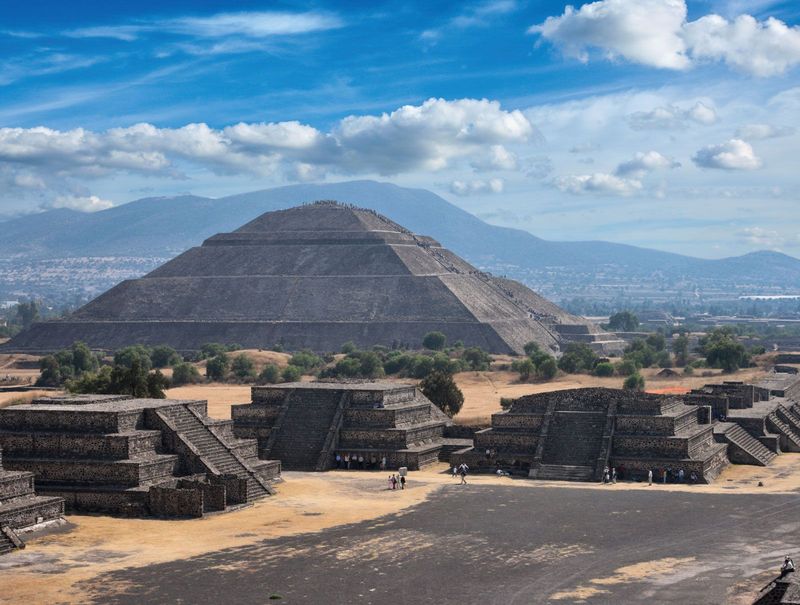
Teotihuacan, the “City of the Gods,” is a sprawling archaeological site located just outside modern-day Mexico City. Its origins remain a mystery, but its grandeur is undeniable.
The city is dominated by the Pyramid of the Sun, one of the largest structures of its kind in the world. The Avenue of the Dead connects this massive pyramid to the Pyramid of the Moon, creating a ceremonial landscape that has intrigued historians for centuries.
Art and culture flourished here, as evidenced by the vibrant murals and complex urban layout.
Tikal
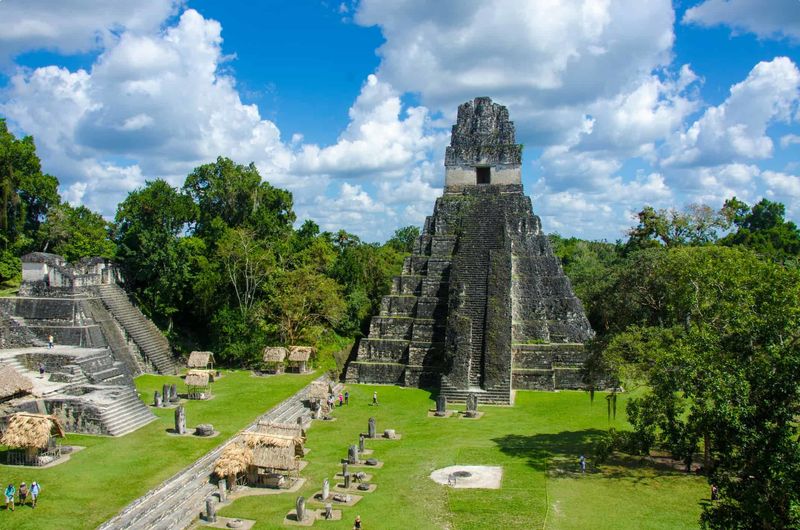
Deep within the Guatemalan rainforest lies Tikal, an ancient Mayan city that once served as a major political and economic hub. Its towering pyramids rise above the jungle canopy, offering breathtaking vistas.
This UNESCO World Heritage Site covers over 2,500 structures, each bearing witness to the city’s rich history. Temples, palaces, and ceremonial platforms reveal the grandeur of the Maya civilization.
Tikal’s expansive plazas and expansive structures reflect the city’s former glory. Today, it is a haven for archaeologists and tourists eager to explore its mysteries.
Copán

Nestled in the lush hills of western Honduras, Copán is renowned for its remarkable artistry and intricate stone carvings. It served as a major Maya city, and its hieroglyphic stairway is one of the longest known texts of its kind.
Copán’s acropolis and plazas showcase the city’s architectural mastery and cultural achievements. The stelae and altars scattered across the site provide insight into the lives of its rulers.
The city’s cultural significance and unique artistry make it an essential stop for anyone interested in Maya history.
Palenque
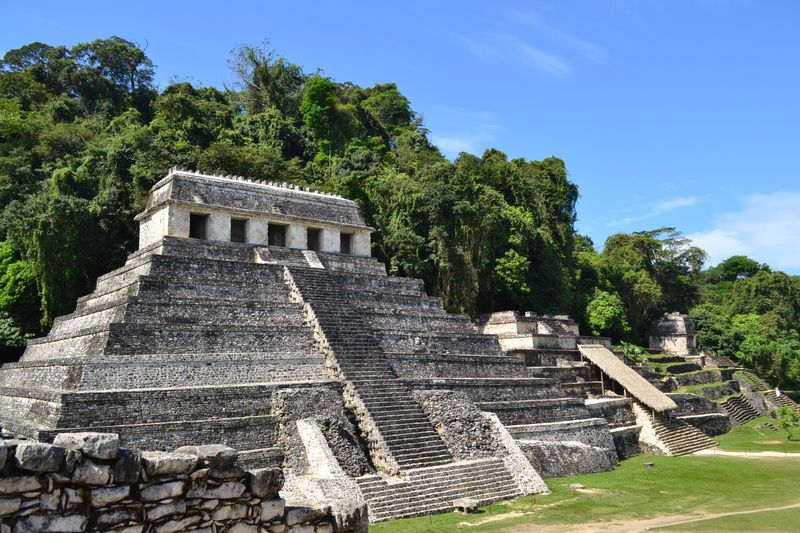
Palenque, nestled in the Mexican state of Chiapas, is a jewel of Maya architecture. Its most famous structure, the Temple of the Inscriptions, houses the tomb of the ruler Pakal the Great.
The site is celebrated for its exquisite artistry and architectural innovation. Palenque’s ruins reveal a society deeply connected to its spiritual beliefs and the natural world.
Visitors to Palenque are often captivated by the intricate carvings and the serene beauty of the surrounding jungle. It stands as a testament to the Maya’s architectural prowess and cultural legacy.
Tenochtitlan
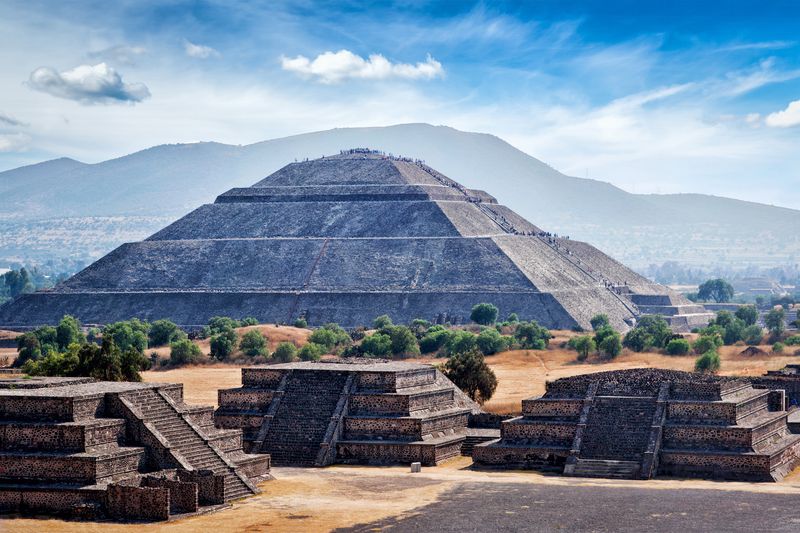
Once the heart of the Aztec Empire, Tenochtitlan is now buried beneath Mexico City, yet its legacy endures. Founded in 1325, this island city dazzled European conquerors with its grandeur.
At its center stood the Templo Mayor, a massive temple that was the focal point of Aztec religious life. Taking the form of a colossal pyramid, it was dedicated to the gods Huitzilopochtli and Tlaloc.
The city’s intricate network of canals and causeways exemplified Aztec ingenuity. Although much of it lies in ruins, its history continues to captivate scholars and visitors.
Uxmal

Uxmal, a marvel of Puuc architecture, is located in the Yucatán Peninsula. The city flourished between the 7th and 10th centuries, and its structures reflect the artistry of the Maya civilization.
The Pyramid of the Magician, with its unusual rounded sides, dominates the landscape and is the centerpiece of Uxmal. The city’s intricate facades and ornate detailing showcase the skill of its builders.
Uxmal’s harmonious integration with its natural surroundings and its well-preserved ruins offer a glimpse into the sophisticated Maya society that once thrived here.
Monte Albán
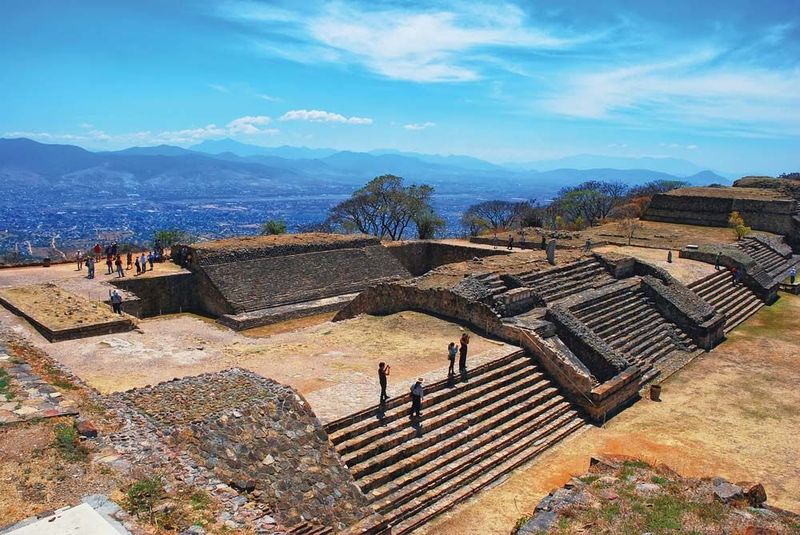
Perched atop a hill in Oaxaca, Monte Albán was the ancient capital of the Zapotec civilization. This archaeological site features a series of terraces, plazas, and pyramidal structures.
The city’s strategic location offered breathtaking views and served as a powerful political center. Monte Albán’s cultural and historical significance is evident in its well-preserved ruins.
Highlights include the Grand Plaza and the Ball Court, which provide insight into the Zapotec’s societal structure and religious practices. Monte Albán continues to be a focal point of historical study and exploration.
Caracol

Hidden within the dense jungles of Belize, Caracol was once a prominent Maya city. Its name, meaning “snail,” reflects the winding roads leading to this ancient site.
The towering pyramid Caana, or “Sky Place,” emerges from the forest canopy, offering panoramic views of the surrounding landscape. The city’s architecture and inscriptions provide valuable insights into Maya history.
Caracol’s remote location and well-preserved ruins make it a fascinating destination for adventurers and historians alike, eager to uncover the mysteries of this ancient civilization.
El Mirador
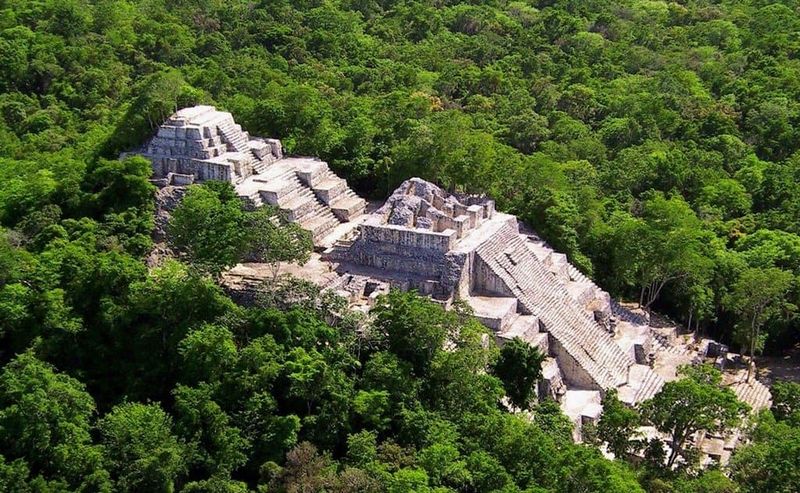
El Mirador, often dubbed the “Cradle of Maya Civilization,” predates many other known Maya sites. Located in northern Guatemala, it boasts one of the largest pyramids in the world: La Danta.
This ancient city flourished during the Preclassic period and is believed to have been a major cultural and economic center. The sheer scale of El Mirador’s structures is a testament to the Maya’s architectural prowess.
The site remains largely unexcavated, offering a glimpse into the early stages of Maya civilization. Its remote location adds to its allure and mystique.
Tiwanaku
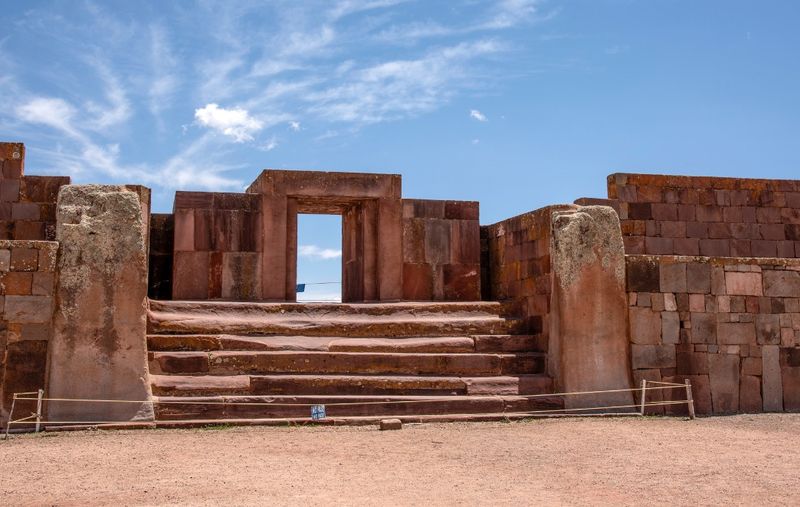
Situated near Lake Titicaca in Bolivia, Tiwanaku is an ancient city that was once the center of a powerful pre-Columbian empire. The site is renowned for its megalithic architecture and intricate stonework.
The Akapana Pyramid and the Gate of the Sun are among its most famous landmarks, showcasing the city’s ceremonial and astronomical significance. Tiwanaku’s influence extended across the Andes, shaping the region’s cultural landscape.
Though much remains shrouded in mystery, ongoing excavations continue to reveal insights into this once-thriving civilization’s history and achievements.
Chan Chan
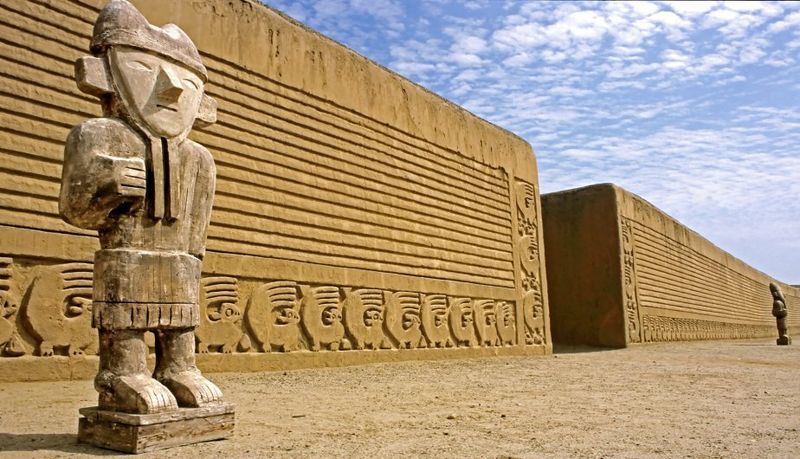
Chan Chan, located in northern Peru, was the capital of the ancient Chimu Kingdom. This sprawling adobe city is the largest of its kind in the world, covering approximately 20 square kilometers.
The city’s intricate wall carvings and geometric designs reflect the Chimu’s artistic and architectural brilliance. Chan Chan’s layout was carefully planned, with palaces, temples, and plazas forming a complex urban landscape.
The site’s preservation is challenged by time and climate, but its historical significance and unique architecture continue to attract scholars and tourists eager to explore its legacy.
The Temple of the Moon
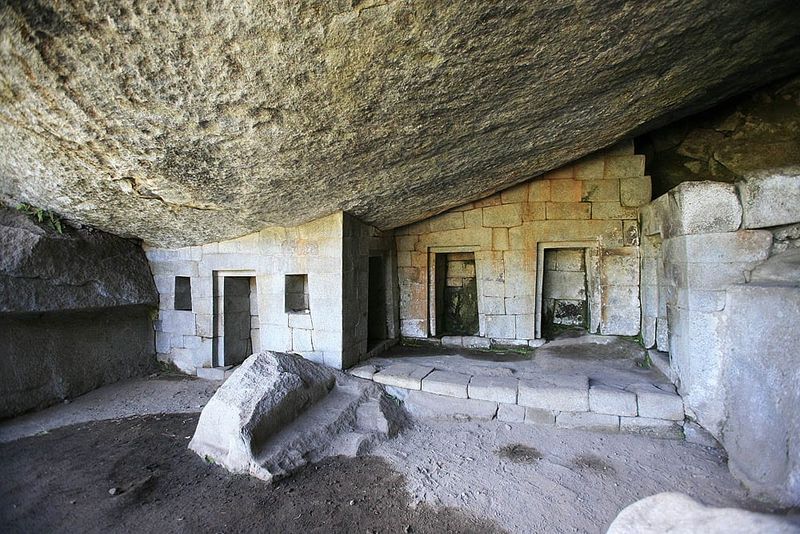
The Temple of the Moon, located near Machu Picchu, is an enigmatic site shrouded in mystery. Carved into the side of a cave, it features intricate stonework and ceremonial altars.
This sacred place is believed to have served religious or astronomical purposes, though its exact function remains unknown. The temple’s isolated location and complex architecture evoke intrigue and wonder.
Visitors to the Temple of the Moon are often captivated by its beauty and the surrounding natural splendor, making it a must-see for those exploring the region’s ancient heritage.
Kuelap
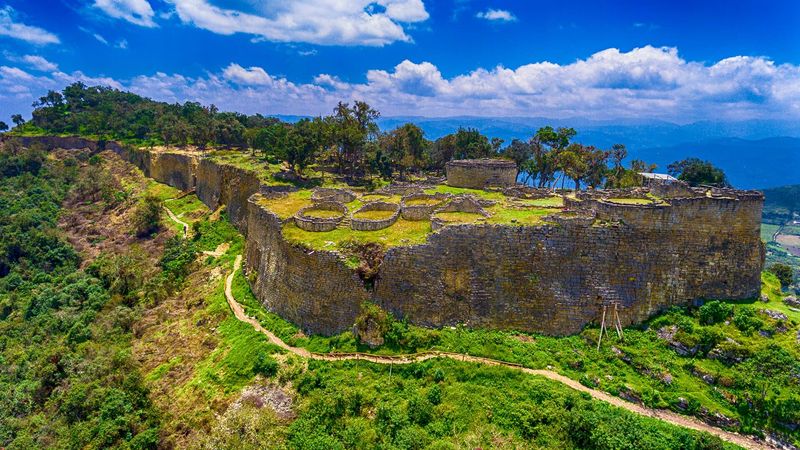
High in the Andes of northern Peru, Kuelap stands as a testament to the ingenuity of the Chachapoya people. This massive stone fortress is surrounded by towering walls and circular structures.
Kuelap served as a ceremonial and military center, with its strategic location offering commanding views of the surrounding valleys. The site’s architectural complexity reflects the Chachapoya’s engineering skills.
Exploring Kuelap provides a glimpse into the rich history and culture of this lesser-known civilization. Its remote location adds to the allure for adventurous travelers seeking to uncover its mysteries.
Cahokia Mounds

Cahokia Mounds, located near St. Louis, Missouri, was once a thriving urban center of the Mississippian culture. At its peak, it was one of the largest cities north of Mexico.
Monks Mound, the largest earthwork in the Americas, dominates the site, reflecting the sophisticated society that constructed it. The mounds served as ceremonial and political centers, with plazas and residential areas spread across the landscape.
Cahokia’s archaeological significance provides insight into the complex social and economic structures of this pre-Columbian civilization. The site continues to captivate researchers and visitors alike.
The Great Pyramid of Cholula
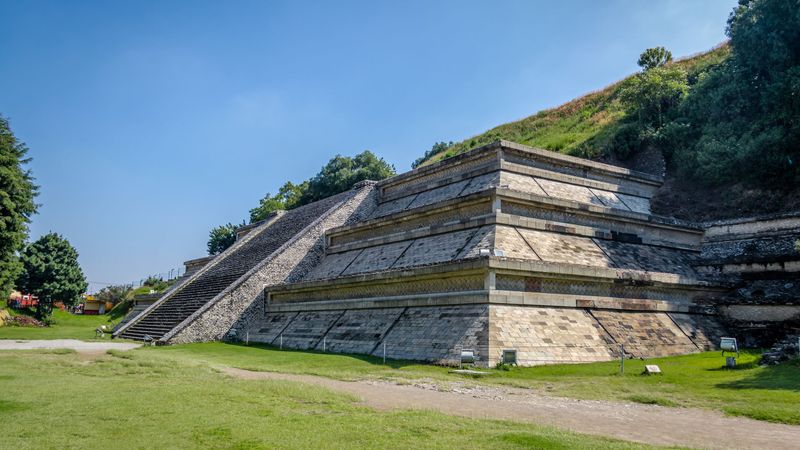
The Great Pyramid of Cholula, located in Puebla, Mexico, is the largest pyramid by volume in the world. This ancient site was a major religious and cultural center for indigenous peoples.
The pyramid’s construction spans several centuries, with layers reflecting the city’s evolving architecture and history. Today, the Church of Our Lady of Remedies stands atop the pyramid, blending indigenous and colonial influences.
Cholula’s significance lies in its rich cultural heritage and the architectural marvel that continues to inspire awe. The site remains a focal point for historical study and cultural appreciation.



